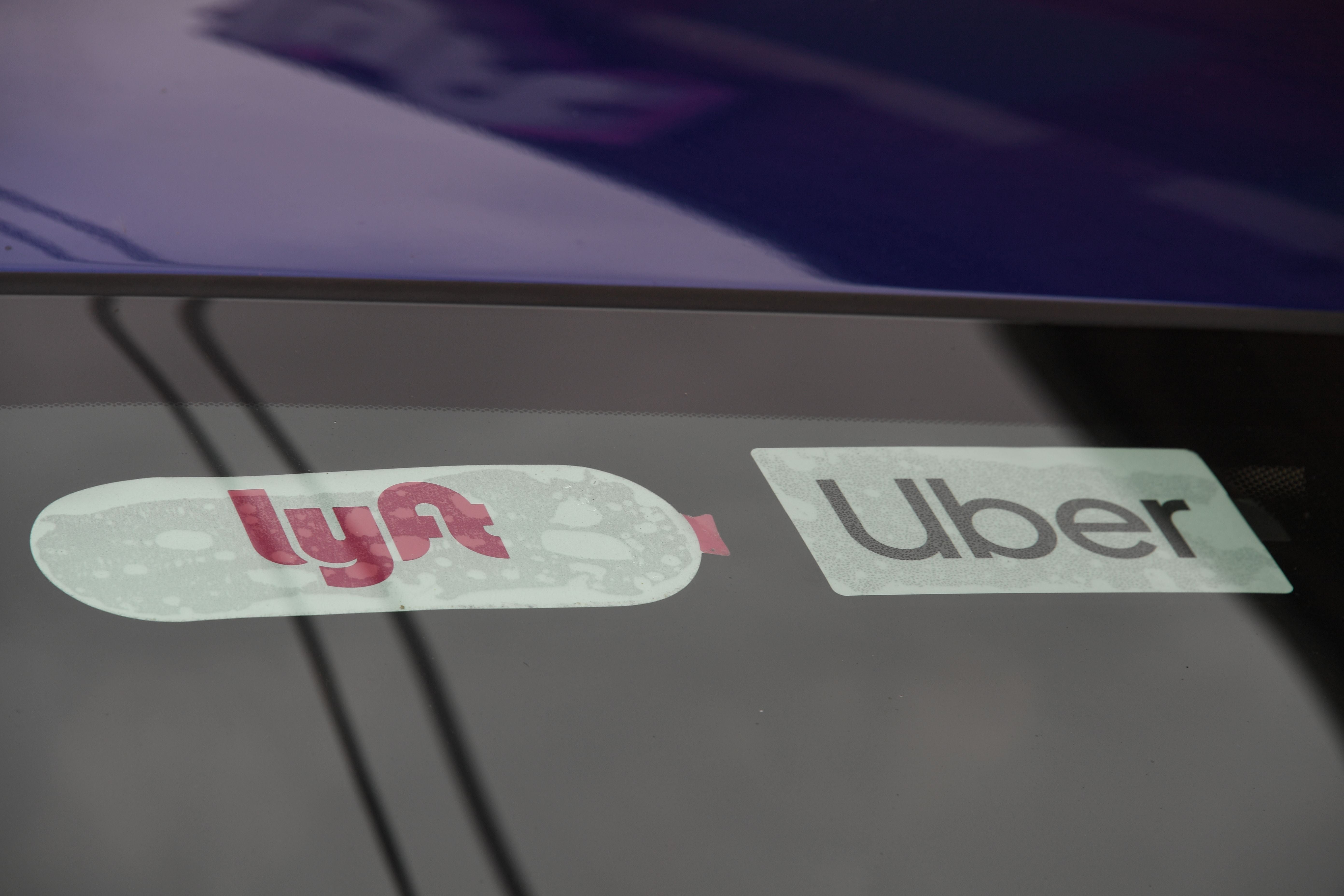Uber and Lyft told they must switch to electric cars in California
New rule hopes to result in an emission reduction of 0.36 million metric tons of carbon dioxide

California has passed a new rule that requires rideshare operators such Uber and Lyft to transition from gasoline to electric vehicles by the end of the decade, making the state the first in the US to approve such a mandate.
The new rule, known as the Clean Mile Standard (CMS), will begin to be applied starting from 2023, the California Air Resources Board (CARB) said.
While in 2023 just about two per cent of vehicle miles traveled by California’s rideshare fleets are required to be in electric vehicles, the rule requires an increase by up to 50 per cent by 2027 and 90 per cent by 2030.
CARB estimates that this would result in a reduction of 0.36 million metric tons (MMT) of carbon dioxide in the year 2030 alone, and a cumulative reduction of 1.81 MMT between 2023 and 2030.
During this period, the board also estimates that the new rule can bring about a reduction in the levels of other atmospheric pollutants such as ultra-fine PM 2.5 particles by close to 93 tons, and harmful oxides of nitrogen by 298 tons.
“With greenhouse gas (GHG) emissions continuing to rise despite increasingly stringent emissions standards and decreases in the carbon content of fuel, California will not achieve the necessary greenhouse gas emissions reductions to meet mandates for 2030 and beyond without additional measures,” the CMS report noted.
The next step, according to the report, is for the California Public Utilities Commission to prepare ways to enforce the new regulations, and to enable easier transition for drivers to electric vehicles.
Since Uber and Lyft consider their drivers as independent contractors, and they buy or rent their own vehicles, the commission needs to ensure that electric vehicles are affordable, and the cost and access to charging stations are eased for drivers, especially for those with lower incomes.
Both Uber and Lyft, which together control nearly the entire market share for rideshare services in California, have already announced their respective plans to make the transition to completely electric vehicles by 2030 to help combat global warming stemming from greenhouse gas emissions.
Lyft, which currently has one-third of the market share in California, had announced in June last year a company-wide goal of achieving 100 per cent electric vehicles in their fleet by 2030 while also calling for cooperation amongst industry, government entities, and non-profit organisations.
Uber, which owns the remaining two-thirds of the market, had also announced a similar goal of achieving 100 per cent electric vehicles in major urban areas in the US, Canada and Europe by 2030.
Both the companies, which are yet unprofitable but valued at billions of dollars, are pushing for government subsidies and incentives to reach the new electrification goals.
The current move comes amid the state’s own plan to ban the sales of new gasoline and diesel-powered vehicles by 2035, and President Joe Biden’s push for automakers to accelerate production and sales of electric cars and trucks to combat climate change.
The Biden administration is also calling for incentives worth USD 174 billion for both customers and manufacturers as part of a new infrastructure bill.
According to Uber, ride-hailing emissions make up only about one per cent of all vehicle miles traveled by light-duty vehicles in the state leading to only a tiny fraction of emissions, however CARB says ride-hailing drivers spend a lot of time in their vehicles without passengers and produce a disproportionate amount of emissions compared with other fleets.
“Uber shares California’s climate and EV goals and applauds the Clean Miles Standard as one of the first emissions policies in the world based on real-world vehicle use,” Adam Gromis, Uber’s global head of sustainability, was quoted as saying by Forbes.
“With ridehail trips accounting for just 1% of California’s light-duty vehicle emissions, we hope CMS becomes a useful template for examining the other 99%,” Gromis added.
Join our commenting forum
Join thought-provoking conversations, follow other Independent readers and see their replies
Comments
Bookmark popover
Removed from bookmarks